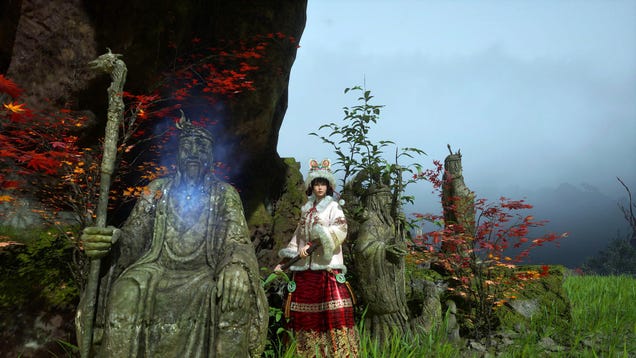MatPlus a introduit quelque chose qui ressemble à la peinture de textures style Substance 3D dans Blender. C'est encore un autre add-on qui promet de faciliter la peinture de textures en couches, mais bon, qui sait si ça va vraiment changer quelque chose. Ça semble surtout être pour ceux qui aiment les surfaces dures. Pas vraiment enthousiaste, mais on verra bien.
#MatPlus #Blender #Substance3D #PeintureTexteure #AddOn
#MatPlus #Blender #Substance3D #PeintureTexteure #AddOn
MatPlus a introduit quelque chose qui ressemble à la peinture de textures style Substance 3D dans Blender. C'est encore un autre add-on qui promet de faciliter la peinture de textures en couches, mais bon, qui sait si ça va vraiment changer quelque chose. Ça semble surtout être pour ceux qui aiment les surfaces dures. Pas vraiment enthousiaste, mais on verra bien.
#MatPlus #Blender #Substance3D #PeintureTexteure #AddOn














